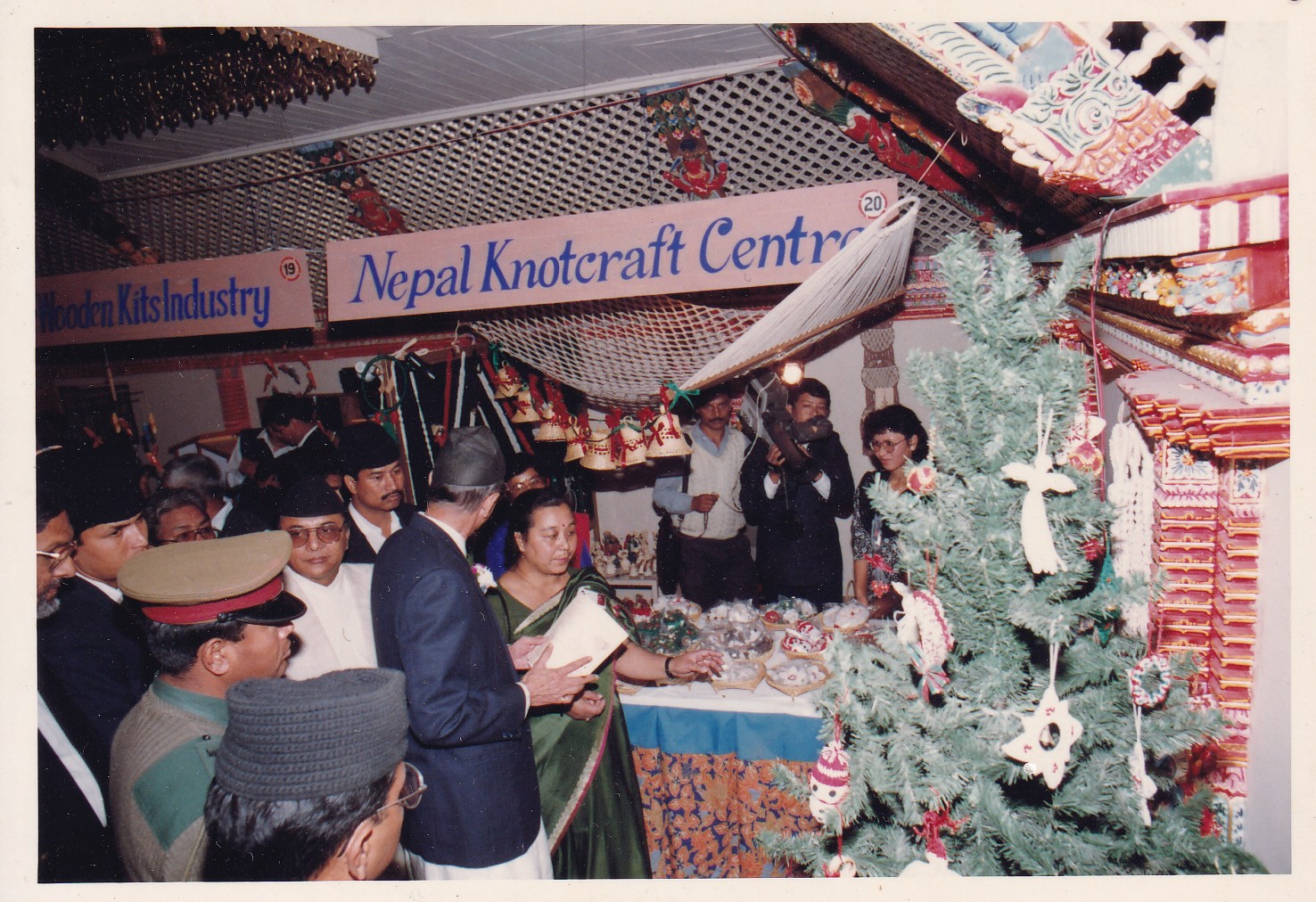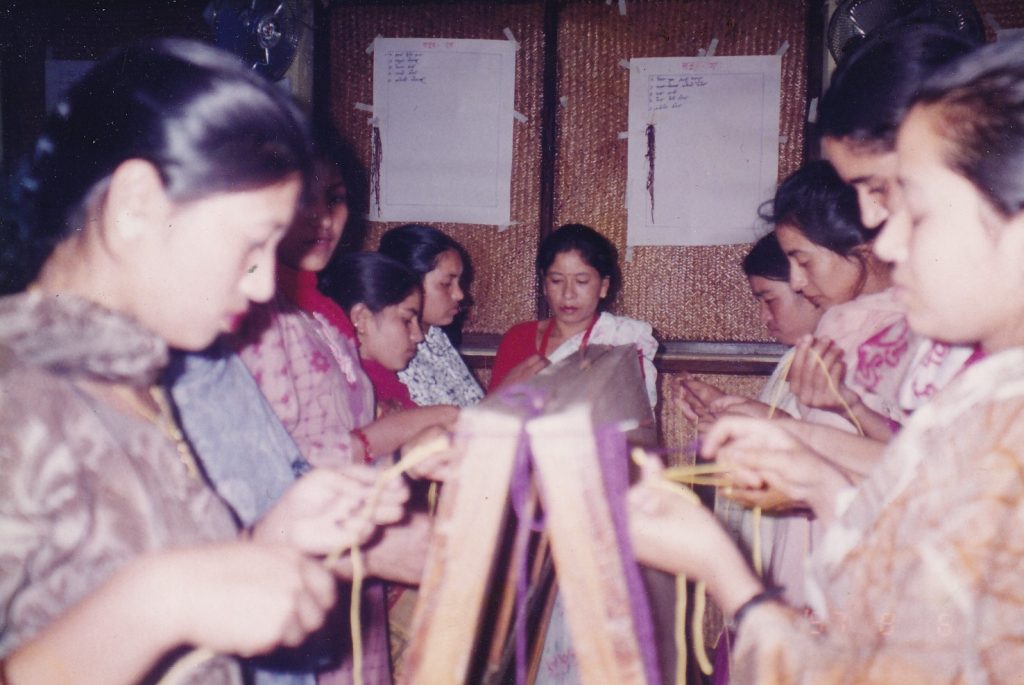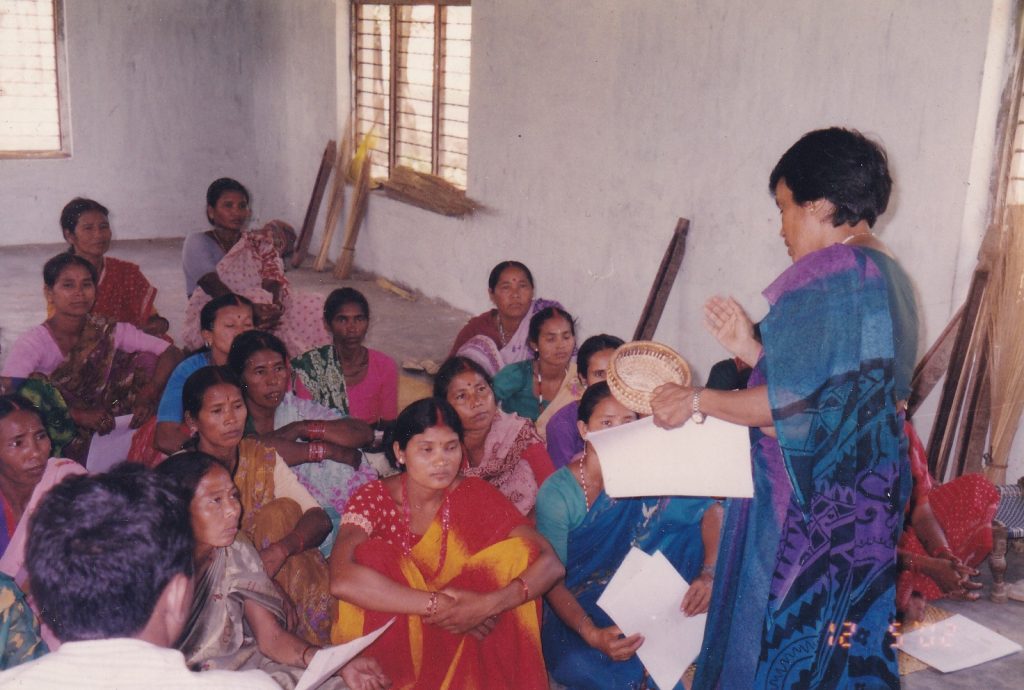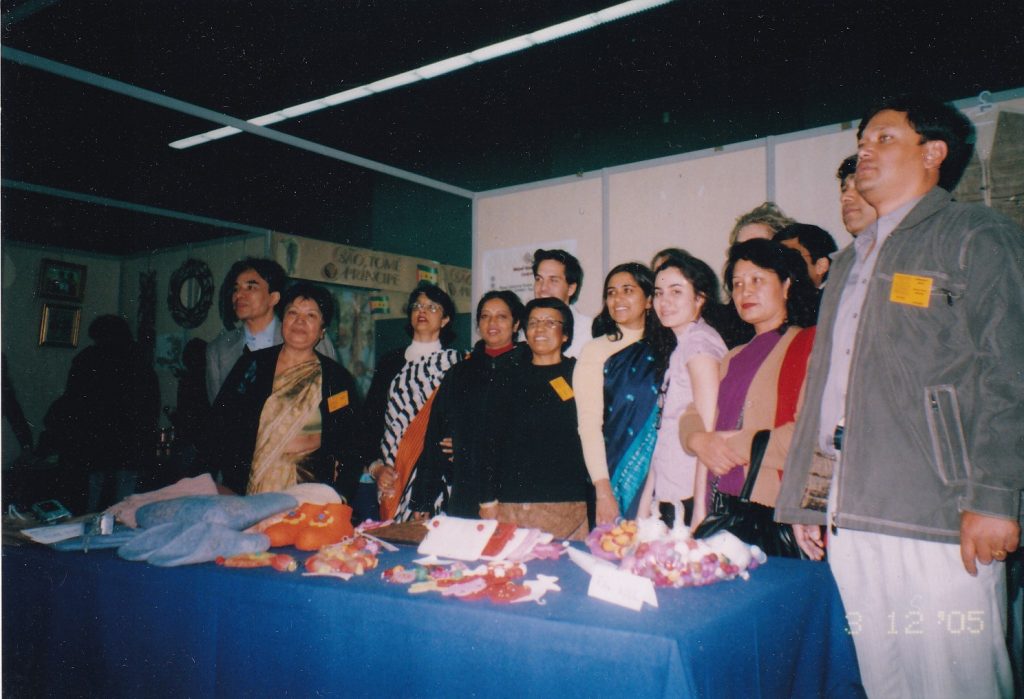Impact

Pioneered Fiber Craftsmanship in Nepal
Introduced macramé (knotted work) in Nepal during the 1980s — laying the foundation for the
country’s decorative and functional fiber craft sector.
Paved the way for natural fiber-based enterprises across the nation.
Revived and Innovated Indigenous Craft Techniques
Revived indigenous weaving techniques such as counter-twine, gundri, plaited, and twine
weaves.
Reimagined Tharu basketry (coiling tradition) with new designs, colors, and functions — making
it market-relevant and globally appreciated.
Supported use of macramé, bamboo, Moonj basketry, and cattail mat weaving in contemporary
design.

Advanced Research in Natural Fibers
Researched and tested over 45 native plant fibers; actively using 15 for product development.
Pioneered experimental use of cardamom stems, water hyacinth, banana fiber, and other
alternative materials.
Published the first-ever Nepali fiber manual — a milestone in fiber documentation and
education.
Empowered Over 3,000 Women in 24 Districts
Trained more than 3,000 women in weaving, coiling, and basketry.
Created income-generating and empowering opportunities, especially for marginalized and rural
women.
Many women report greater independence, dignity, and ability to support their families through
their work.
Established a Community-Centric Craft Value Chain
Built a robust value chain from local fiber harvesting to global market outreach.
Works with locally available materials, encouraging self-reliance and resource-based
development.
Operates in eight districts for craft innovation and livelihood.

Bridged Traditional Knowledge with Modern Education & Markets
In 2024, started teaching weaving at university level as part of craft and design education.
Initiated cross-cultural collaboration with international artists and institutions.
Ensures artisans are involved in product co-creation, aligning with both local traditions and
global design trends.
Connected Local Crafts to National and Global Markets
Ensures consistent market linkage for artisans — both domestically and internationally.
Focuses on design development, artisan engagement, and market diversification.
Hosted the first basketry exhibition at Siddhartha Art Gallery, elevating crafts to a fine art
context.
Promoted Sustainable Craft through Ecological Practices
Utilized invasive species like water hyacinth for basketry and weaving — turning environmental
threats into income sources.
Promotes waste-to-wealth approaches in crafts by reusing agricultural by-products like corn
husk, rice straw, and banana fiber, cardamom stem.

From 1984 to present, NKC has evolved into a leading force in Nepal’s craft revival and
women’s empowerment movement. Continues to uphold a mission of cultural preservation,
ecological sustainability, and economic transformation through crafts.